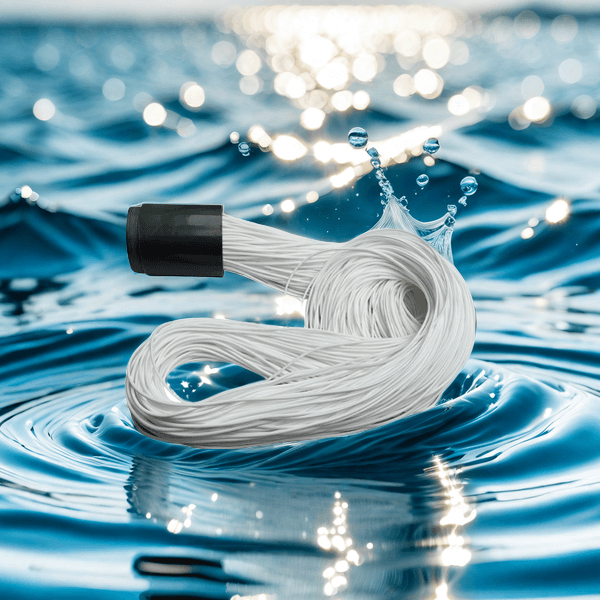How is the separation process of MBR membrane achieved?
MBR membrane (membrane bioreactor membrane) technology is an important innovation in modern wastewater treatment technology. Due to its outstanding performance in efficient solid-liquid separation and high-quality effluent, the application of MBR membrane in municipal wastewater treatment and industrial wastewater treatment is becoming increasingly widespread. This article will delve into the separation process and implementation methods of MBR membranes.
working principle
The basic concept is to combine biological treatment and membrane separation technology through membrane bioreactors to achieve efficient removal of pollutants in water. The structure of a membrane bioreactor mainly includes a bioreactor zone and a membrane separation zone. The sewage first enters the biological reaction zone, degrades organic pollutants through microbial metabolism, and then enters the membrane separation zone, achieving solid-liquid separation through MBR membrane.
Biological treatment stage
In the biological treatment stage, organic pollutants in wastewater are degraded through microbial metabolism. This stage mainly relies on the growth, reproduction, and metabolic activities of microorganisms to convert large organic pollutants into small inorganic or low toxic substances.
Membrane separation stage
In the membrane separation stage, the wastewater treated by biological treatment enters the membrane module and solid-liquid separation is achieved by utilizing the microporous structure of the MBR membrane. Water molecules and soluble small molecules can pass through membrane pores, while suspended solids, colloidal substances, and microorganisms are trapped outside the membrane, thereby achieving sewage purification.

Efficient solid-liquid separation
It has extremely high solid-liquid separation ability and can intercept most suspended solids and microorganisms, significantly improving the effluent quality.
Excellent effluent quality
The wastewater treated by membrane separation technology can not only meet the national discharge standards, but also be further treated as reused water, suitable for various industrial and agricultural water needs.
Small system footprint
Compared with traditional sewage treatment processes, MBR membrane systems occupy a smaller area and are particularly suitable for urban areas with limited land resources.
Factors affecting the separation efficiency of MBR membranes
Membrane material
MBR membranes made of different materials have different pollution resistance and service life, with common materials including PVDF, PP, and PVC.
Aperture size
The size of membrane pore size directly affects the separation effect, and the appropriate pore size is generally selected between 0.1 micrometers and 0.4 micrometers.
Operation parameters
Operating parameters such as pressure, flow rate, and temperature can also affect the separation efficiency of MBR membranes, and optimization and adjustment are needed according to actual conditions.
application area
Municipal sewage treatment
The technology is widely used in municipal sewage treatment plants to improve effluent quality and reduce pollutant emissions.
Industrial wastewater treatment
In industries such as chemical, pharmaceutical, and food processing, MBR membrane technology effectively treats high concentration organic wastewater and complex wastewater.
Renewable water use
The wastewater treated by MBR membrane can be further purified and used for regenerated water purposes such as greening, flushing toilets, and industrial cooling.
